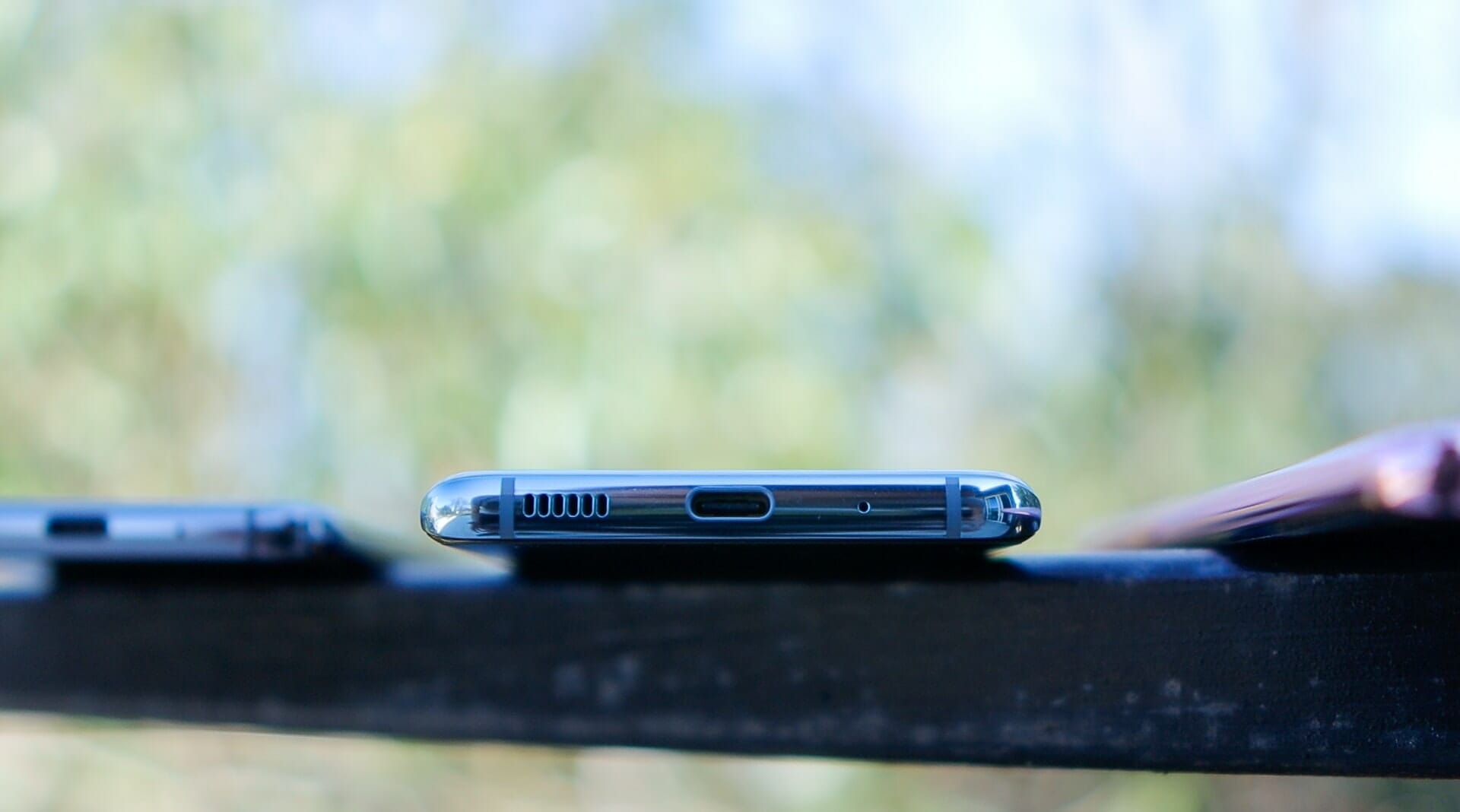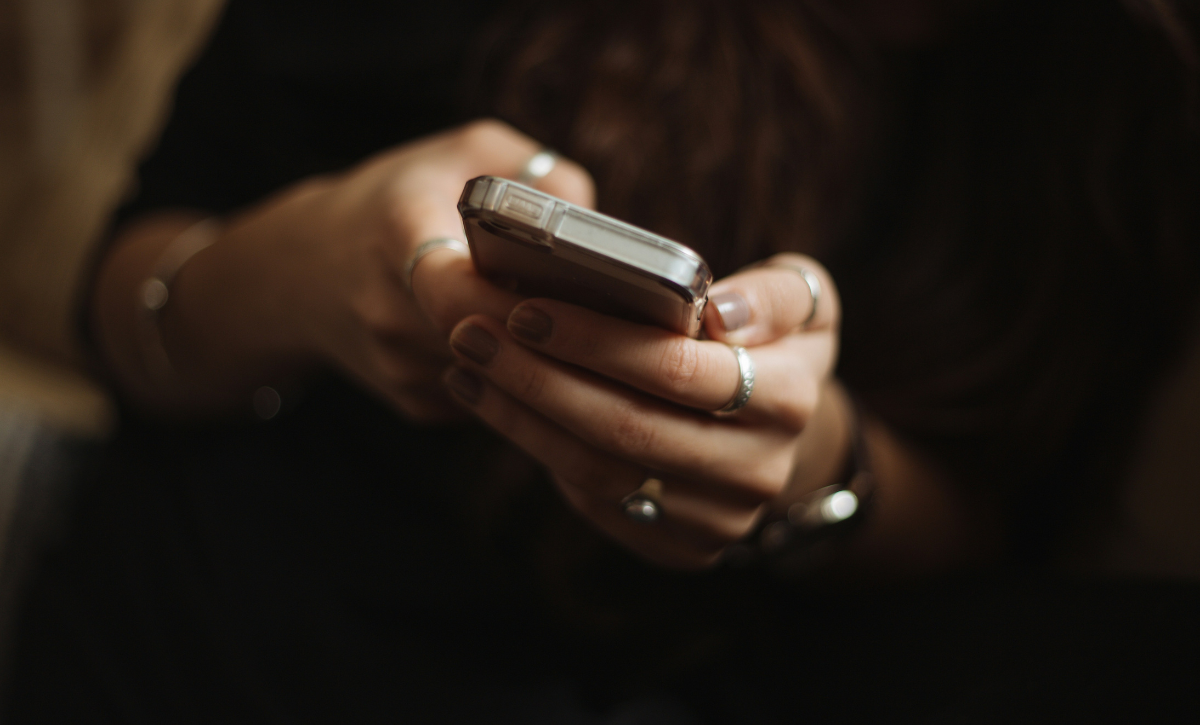August 11, 2020
What is USB-C and How Does it Help?

Since its release in 2014, Universal Serial Bus Type-C, commonly known as USB-C, was sold as the greatest thing for power and data transfer for our phones, computers and related electronic devices. So what is USB-C, what are its benefits, and is it really all it’s cracked to be?
How USB-C works
Without getting too technical, USB-C is the result of improvements made on older micro-USB connectors to make connecting devices easier to use, more flexible, and able to handle more data and power. By 2020, USB-C has been widely accepted by most major electronics manufacturers and allows a single cable/connector to perform many roles that previously were limited to proprietary cables.
Finally, a connector that works both ways!
USB-C uses a symmetrical connector — a huge relief for everyone that’s tired and exasperated from 20 years of inserting a USB connector the wrong way around (and it’s always the wrong way, no matter what, right?). With USB-C works both ways making it easier when fumbling in the dark to charge your phone and saving the minor, but irritating experience of fiddling with a USB connector.
Faster charging… maybe
This is where things get a little trickier to explain. While there are loads of phones and other devices that have USB-C ports, not all of them have the technology to make full use of all USB-C capabilities. It’s first important to recognize there are several components to USB-C technology: the USB-C protocol standard(s) of the device and peripherals (e.g. thumb drive or power adapter), the type of connection protocol support (which will be some variation USB 3.0, 3.1, 3.2, or even USB4), and the physical construction of the cable itself.
Older USB port protocols allowed a maximum of 7.5 watts of power to move through them. This meant it would take hours for today’s phones to charge. USB-C permits rates up to 100W through USB Power Delivery (PD) and/or Programmable Power Supply…however, the device, peripherals, and cable must all support these charging rates. When it all works, you can charge your phone or laptop in minutes. If USB-C can’t use the highest power level, it will fall back to lower power levels until it finds one that is supported. This is especially important with the cable – not all cables will support the highest power settings, so you need to check specs, read reviews, and buy good-quality cables from reputed brands to get the most juice out of your USB-C charger.
Faster data
Much like the differing rates of power delivery, USB-C is capable of fast data transfer, but only if the right protocols are supported. The latest USB protocol is USB4. It enables up to a very speedy 40 gigabits per second (Gbps) data transfer. However, not all devices can, or ever will, support that speed, and will be limited to 10 or 20 Gbps – still fast, but not nearly as impressive. Look for cables and peripherals that support USB 3.1 (gen 2) or higher for maximum speed. Just to add confusion, the USB-C port on your computer might also offer Thunderbolt connectivity, another fast protocol (up to 40Gbps) that uses the same physical connector but a completely different method of connecting devices.
Is it really all it’s cracked up to be?
If the above seemed even a bit confusing, that’s because it is. Despite having been around for six years, USB-C is still a bit messy. While the vast majority of the latest smartphones use USB-C ports, there’s a whole raft of compatibility issues.
Take the most basic function of the port on most phones – charging the battery. You might assume, and you were promised, that any USB-C cable will work with any USB-C-supported port. On the surface this is true, but due to conflicting standards between manufacturers and a lack of consumer information, you may discover that the speed you can charge your phone varies enormously depending on the device, the cable you use, and the power adapter!
Despite some confusion and compatibility issues, USB-C is still an improvement over older USB cable types and brings us closer to a world where a single cable can provide robust data and power to a wide range of attached devices and peripherals. However, it’s important to learn whether your phone can to take advantage of the all that USB-C technology can offer, and to be careful when shopping so your USB-C devices, cables, and chargers work together to provide top performance.



